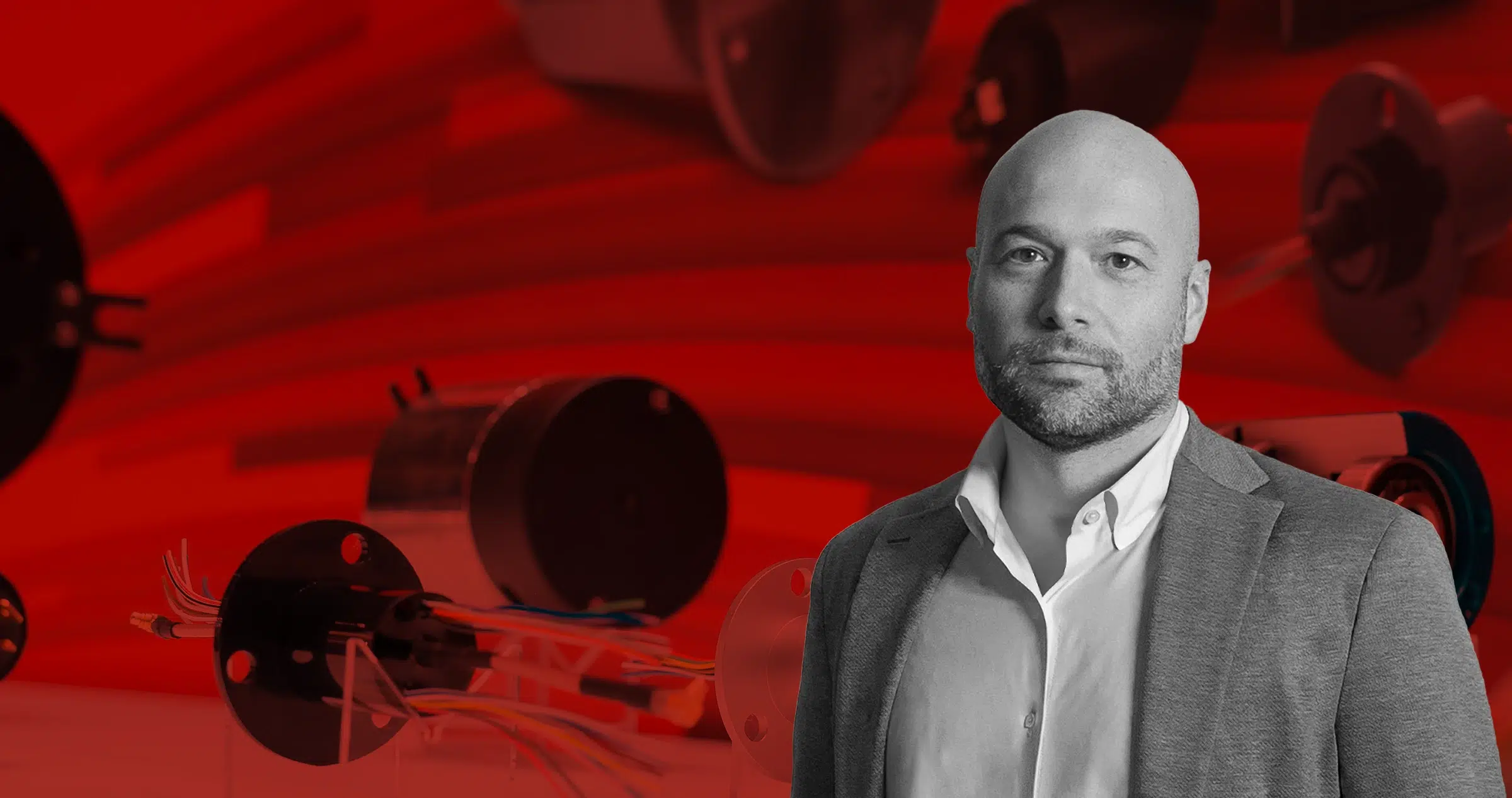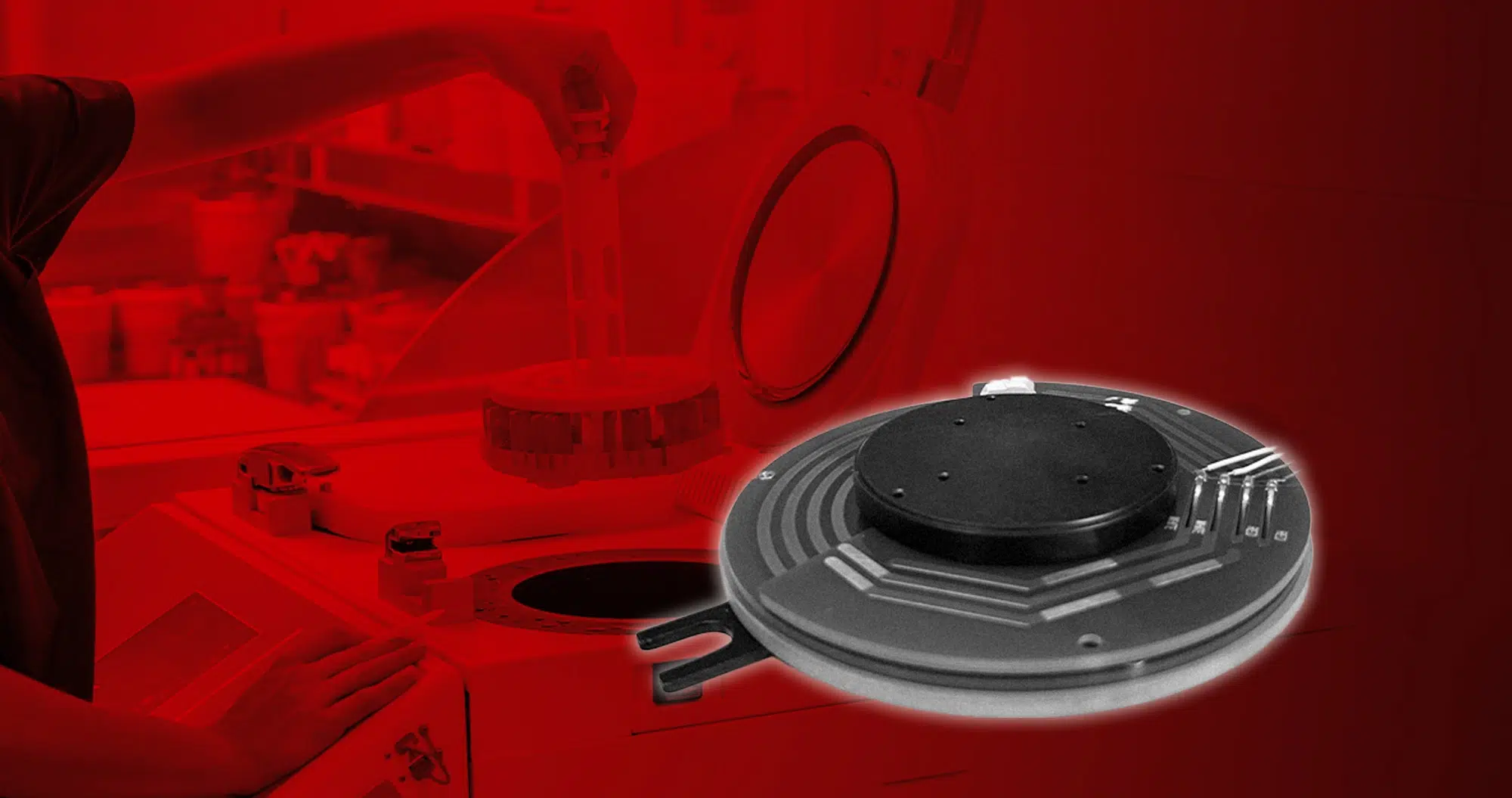A fibre optic rotary joint (FORJ) is the optical equivalent of an electrical contact ring. It provides uninterrupted transmission of an optical signal during rotation along […]

A fibre optic rotary joint (FORJ) is the optical equivalent of an electrical contact ring. It provides uninterrupted transmission of an optical signal during rotation along the axis of the fibre. FORJs are widely used in missile guidance systems, robotics, remotely operated vehicles (ROV), oil drilling systems, detection systems, medical devices (OCT), transmission and many other applications in the field which require a fibre cable without torsion.
Technology
A quick patent search brings up hundreds of inventions relating to two- and multi-channel fibre optic rotary joints. Only a few of these inventions have been put into production, however. At Princetel, we use our proprietary technologies to facilitate both dual-port (2-channel) and multiport (multi-channel) FORJs. We offer our clients a new alternative with improved performance.
Key parameters
The sole purpose of a FORJ is to provide a connection between two or more fibre optic cables while allowing them to rotate freely relative to each other. It is thus essential that the device have a very low insertion loss, very little insertion loss variation (wow) and a high return loss in dB (this parameter characterises the amount of reflection generated by the FORJ itself).
Insertion Loss
An insertion loss of 3 dB is equivalent to a 50% drop in gain. The most commonly used multimedia converters offer an overall optical budget of more than 15 dB. However, if there are multiple connectors and fibre components between the pair of converters, each of them will incur its own loss. It is therefore essential that the FORJ incur a relatively low insertion loss. A single-channel Princetel FORJ typically has an insertion loss of 0.5 dB, which rises to 3 dB for dual and multi-port joints.
Insertion Loss Variation (wow):
It is natural that the loss experienced while the FORJ rotates will be subject to some variation due to variations in the coupling efficiency. However this variation (wow) must be kept low to prevent the signal to noise ratio degrading. If wow is a critical parameter for your application, you should choose Princetel’s single-channel FORJ, which offers wow of less than +/- 0.25 dB. The wow of the rotary joint is also an important measure of the general condition of the device.
Return Loss
All laser sources, especially distributed feedback lasers (DFBs), are sensitive to optical reflection, which causes spectral fluctuation and consequently power jitter. Return loss is a measure of the amount of reflection accumulated in an optical system. A reflection of -45 dB is equivalent to a return loss of 45 dB. While it is possible to obtain a return loss of 60 dB with singlemode fibres, even on multi-channel FORJs, a typical rating for a multimode fibre is around 40 dB.
A return loss of 40 dB is commonly specified for passive components, and a singlemode FORJ is able to offer this level of performance. All Princetel FORJs satisfy this requirement. Ratings of 50 dB or even 60 dB are available as standard options.
Single- or multi-channel
A single-channel FORJ has a very simple mechanical design, so that the device is compact, high speed, extremely reliable and rated for a long service life. A single singlemode fibre can carry tens or even hundreds of digital data channels. The cost of using a multiplexer with a single-channel FORJ can be much lower than that of a multi-channel FORJ without multiplexer.
If you really need a two-channel FORJ, Princetel offers a co-axial design which combines a compact footprint with high performance at a reasonable cost. And there are no dead points at any angle of the joint’s rotation.
Multi-channel FORJs demand a much more complex structure. The device also requires accurate optical alignment to maintain good performance in all the three key areas discussed above. Inadequate alignment or poor optical design not only compromise the key optical performance parameters, they also create new problems such as losses at high wavelengths, high PDL (polarisation dependent loss), high PMD (polarisation mode dispersion) and high crosstalk (this is discussed further below). Princetel’s proprietary multi-channel design offers up to 12 standard channels and dozens of personalised solutions.


